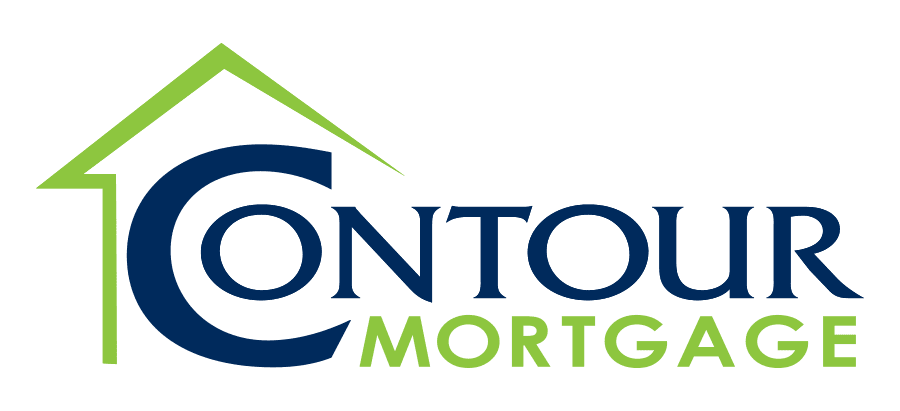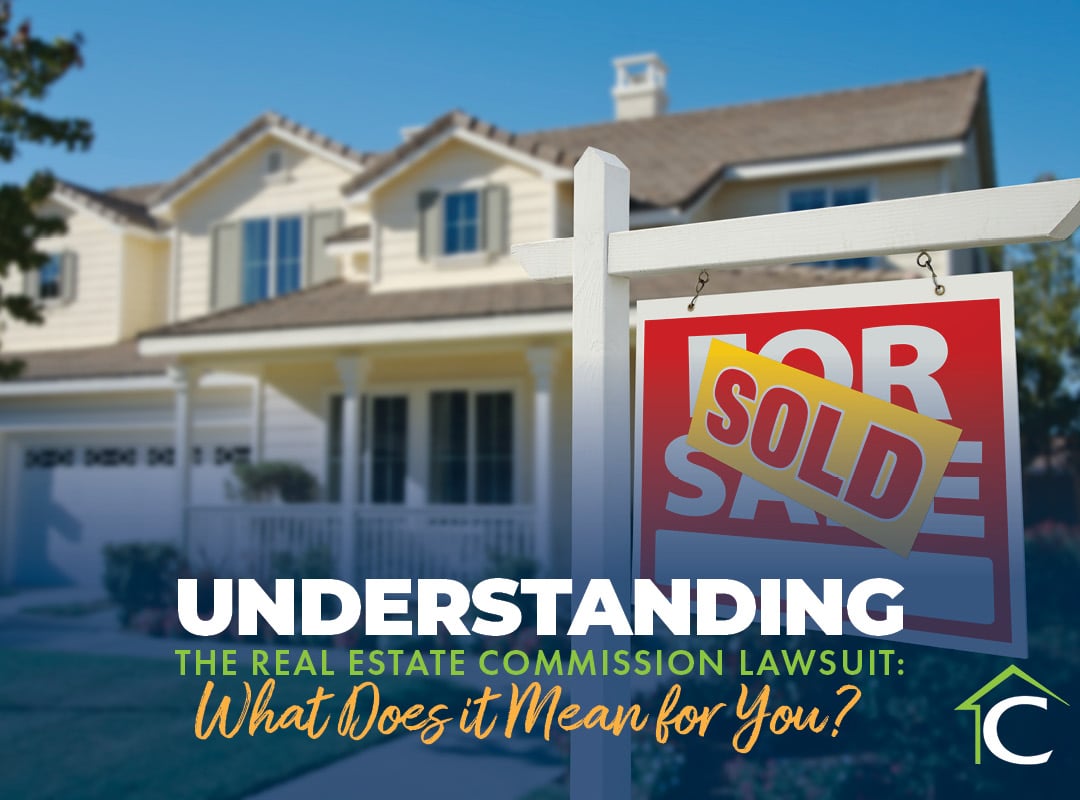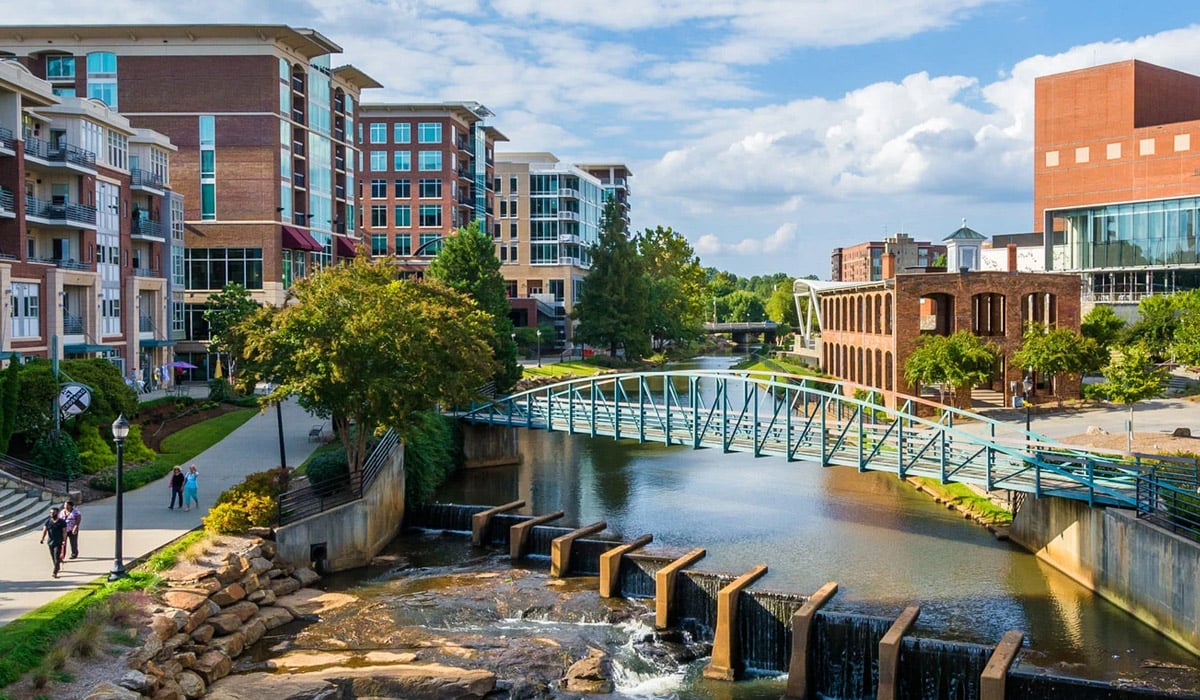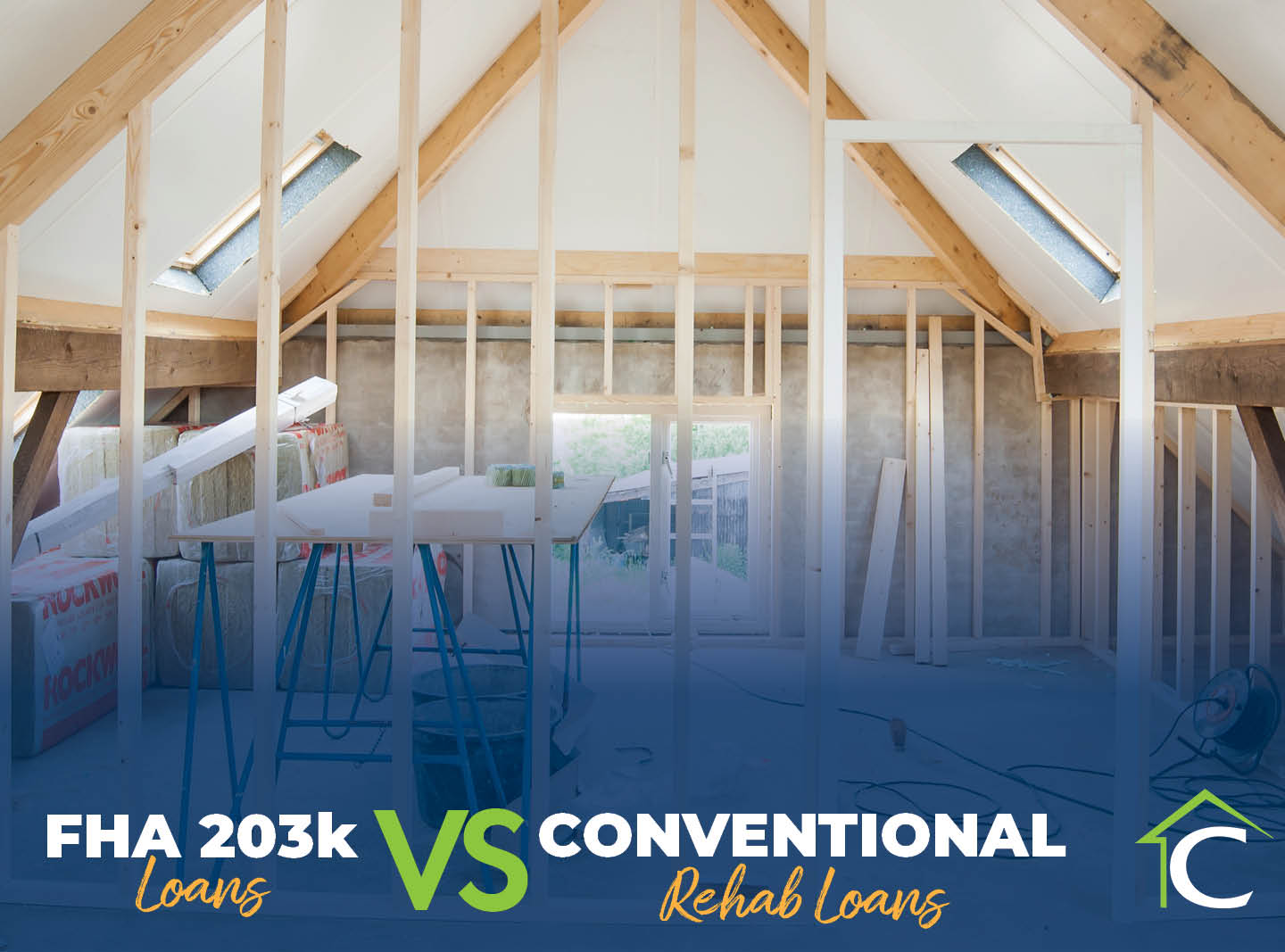It was Jimmy Carter who introduced the idea of the American Dream as home ownership with the passage of the Community Reinvestment Act, a federal law prohibiting discriminatory lending practices in low-income neighborhoods.
Home ownership became a rite of passage for all Americans who work hard to achieve their spoils. It was the 1970s. Inflation was high. Mortgage interest rates hovered around 17 percent. Despite the rhetoric, bank loans demanded 20 percent down payments and detailed financial histories to prove loan repayments would be secure.
On this solid foundation, the modern housing market was created. Yet, with each successive Presidential administration, mortgage loans became increasingly lax, as the economy began to depend on the after-market profits connected to the housing market; besides financial institutions who benefitted greatly from home loans, a secondary market of manufacturing and imports (think Home Depot) and the service industry (think plumbing, electric, housing contractors) boomed.
The gradual relaxing of the mortgage guidelines to feed the machine of heavy profit eventually led to the creation of the sub-prime market. If you think of mortgages in terms of steak, we know that “prime” is the good stuff. It’s the top of the line, expensive cuts of meat. Sub-prime, then, is the cheap stuff. The lower quality cuts of meat from the tougher part of the cow. Such was the sub-prime mortgage market: lower quality loans to less or un-qualified applicants. The rates were exorbitant. They were unrepayable. But the profits were such that so much money was being made to create a housing bubble that kept financial institutions and the sectors that fed off of it fat and happy.
Because the market expanded so much, the world of mortgage financing became the center of easy money and allowed for a cadre of unscrupulous players to enter the job market and take advantage of easy profits and low accountability.
Then it was off to the races.
The Wall Street machine bought packages of bad mortgages to feed the machine. They set up a process to securitize the mortgage to provide the liquidity, ingesting mortgages and becoming hungry for more profit.
With cheap credit so easily attainable and more buyers entering the housing market, the law of supply and demand allowed housing prices to artificially inflate. Unqualified applicants were sold loans that they could not repay and subsequently buying houses they could not afford. When the housing bubble finally burst, banks moved in to foreclose on houses that had mortgages out on them that far exceeded their appraised value, leaving families out of their houses and zombie homes lining the street.
The economy slowly rebuilds with the housing market leadingthe way. Banks and mortgage lenders are currently much more conservative in their lending guidelines in order to prevent another crisis of such proportions. Predatory lenders have gobe by the wayside, clearing the way for trustworthy mortgage companies to flourish.


















